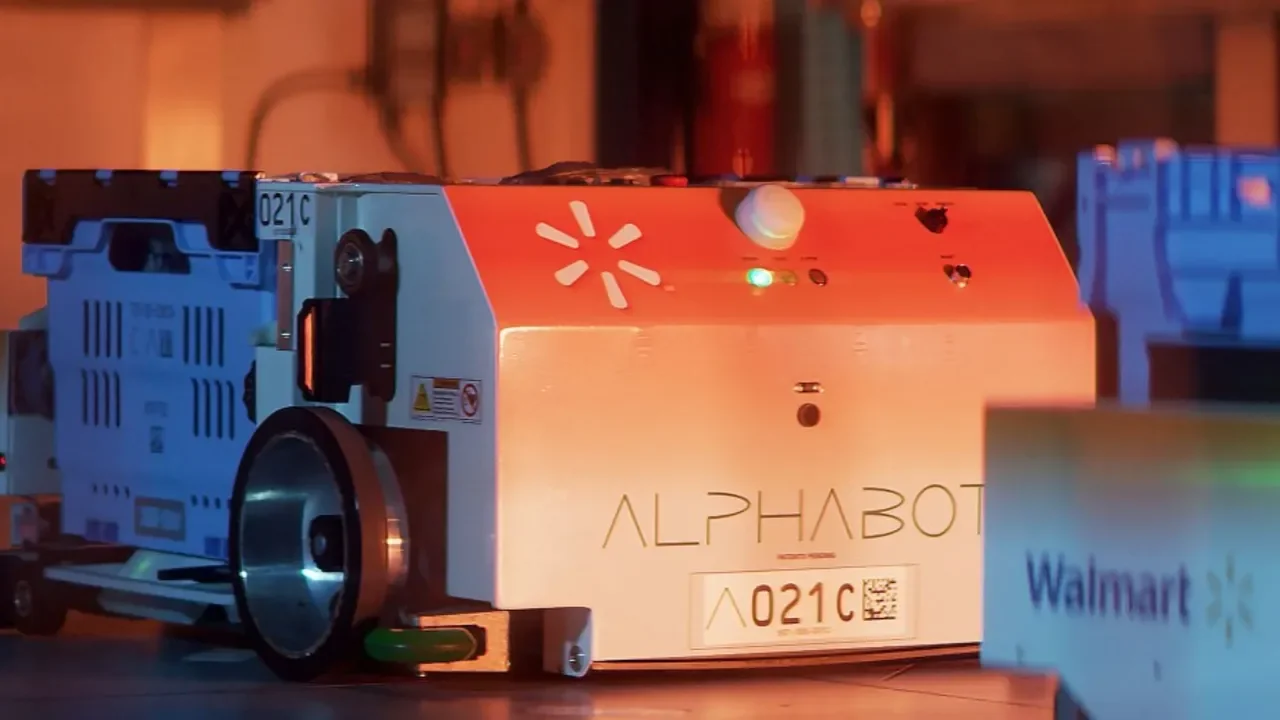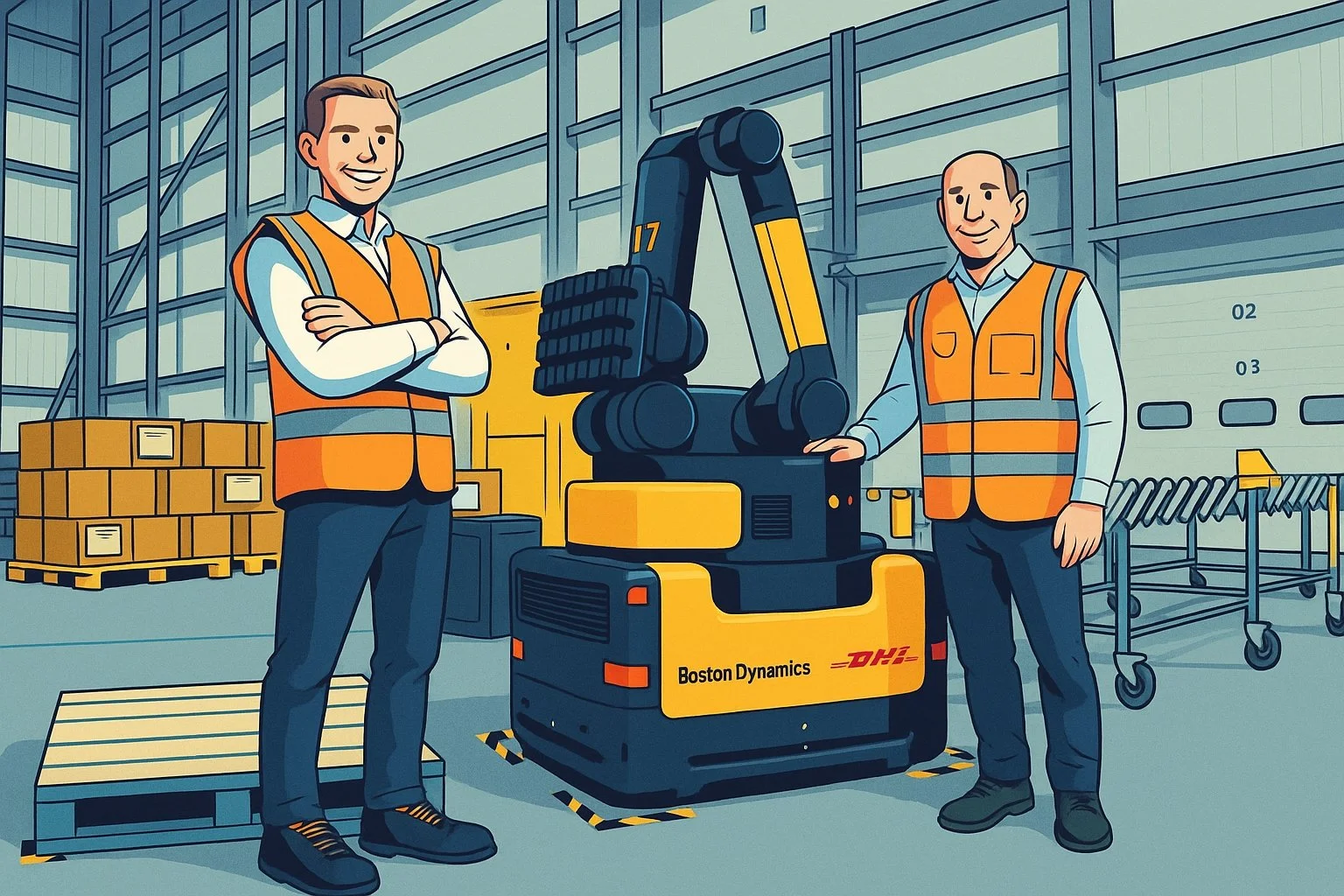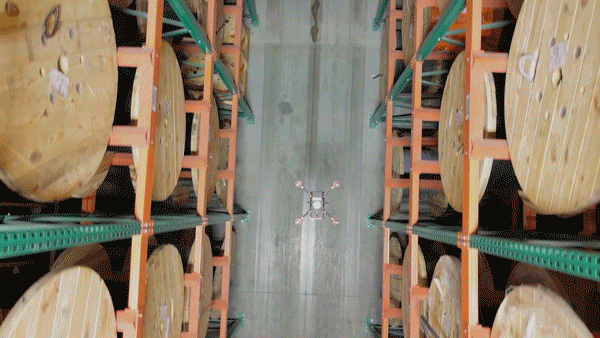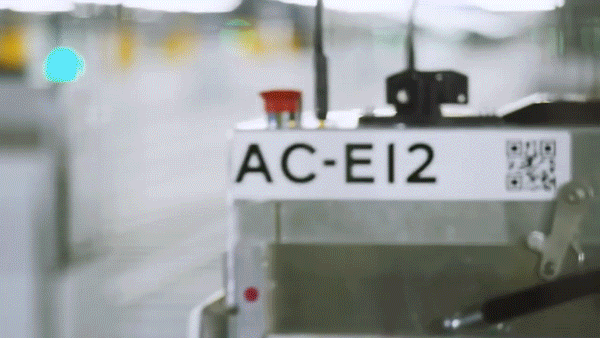How Useful Is Unitree’s New $6,000 Humanoid Robot?
Chinese robotics firm Unitree has launched the R1, its most affordable humanoid robot, at a shockingly low asking price of US$5,900. It's hard to fathom that you can now get a walking, command-obeying machine that costs less than one of Leica's Q3 enthusiast-grade cameras.
The R1 measures just below 4 ft (1,210 mm) in height, weighs about 55 lb (25 kg), and has a total of 26 joints. It's good for about an hour of activity on a single charge of its internal battery, supports Wi-Fi and Bluetooth, and of course, features a camera, mics, and speakers for communication.
With all those joints and a relatively low weight, this humanoid is plenty flexible. You can see what appears to be a video of its athletic capabilities below (it looks like actual footage).
Note: the humanoid in the video is a real robot (Unitree R1) — not entirely CGI or generated animation. However, the actions you see are predominantly choreographed demonstration sequences rather than demonstrations of autonomous task execution. Unitree and external analysts caution buyers that while impressive in athletic terms, the R1 is not yet capable of general-purpose handling or household chores.
The R1 is 4 ft tall and weighs just 55 lb, so it can't do a whole lot – but it's great for robotics research and automation training projects
While the movements above are indeed impressive, it's worth noting the R1 is missing a couple of key things – notably, hands. Unlike Unitree's more advanced humanoids, the R1 doesn't have dexterous mitts that can grip and manipulate objects.
Between the lack of paws, the relatively low battery life, and its short height, the R1 isn't going to be very useful out of the box. Don't expect to power it on and immediately have it do your laundry and dishes, and take out the trash. What it is good for right now, though, is research and education.
By that we mean that scientists are using it to test what they can train robots to do with their algorithms and AI models, and also testing the capabilities and reliability of these robots as they're programmed to perform various tasks in industrial settings. For example, automaker Geely is trialing a Unitree robot on its assembly line to see how it can assist with vehicle production.
Whichever way you slice it, it's still amazing that you can buy a functioning humanoid robot with these specs at this price already.
For reference, Unitree's general-purpose H1 robot that can climb stairs and do backflips costs $90,000, while the lower-end G1 comes in at $16,000. Tesla's hotly anticipated Optimus is expected to land somewhere between $20,000 - $30,000. So what's remarkable here is that in this early adoption phase, the price of a humanoid robot has dropped significantly with the R1, well before a path to mainstream adoption has been established.
If you're dead serious about getting a more customizable robot, the R1 can be had in an 'EDU' version with dexterous hands, each of which cost about $5,200. That version will also cost more, thanks to the inclusion of a higher-end computing module on board.
With this sub-$6,000 price tag, Unitree has set the stage for more humanoids to feature in automation experiments. Expect to see it in use among industrial companies running pilot programs, research institutions, and early adopters interested in robotics development.
Considering automation, robotics, or software upgrades like WMS or warehouse execution systems? Our advisory team connects you with supply chain and engineering experts who have designed and integrated world-class automation at Amazon, Walmart, GXO, DHL, and other leaders. Whether you’re evaluating humanoids, AMRs, piece-picking systems, or integrating software into ASRS and fulfillment workflows, we provide vendor-agnostic guidance and practical roadmaps for your digital transformation. Connect with us by clicking the button below to explore your next steps.






























